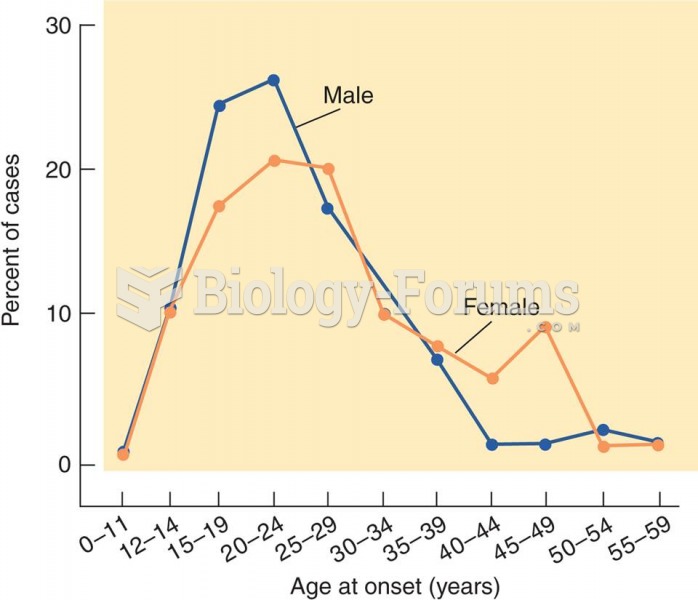Answer to Question 1
Correct Answer: 1
Rationale 1: The most common side effects of doxazosin (Cardura) include dizziness, drowsiness, fatigue, and weakness. Also, first-dose syncope can occur 30 to 90 minutes following the initial dose, so the nurse should teach the client to be cautious.
Rationale 2: Doxazosin (Cardura) has no effect on the bronchi or the bronchioles, since the receptors in the bronchus are beta2 receptors.
Rationale 3: Doxazosin (Cardura) causes relaxation of smooth muscle of the bladder and prostate, causing increased urinary frequency, not decreased urinary frequency.
Rationale 4: Doxazosin (Cardura) is a selective alpha1-adrenergic antagonist that causes a rapid decrease in peripheral resistance that reduces blood pressure. It does not have any effect on the smooth muscle of the GI tract.
Global Rationale: The most common side effects of doxazosin (Cardura) include dizziness, drowsiness, fatigue, and weakness. Also, first-dose syncope can occur 30 to 90 minutes following the initial dose, so the nurse should teach the client to be cautious. Doxazosin (Cardura) has no effect on the bronchi or the bronchioles, since the receptors in the bronchus are beta2 receptors; it causes relaxation of smooth muscle of the bladder and prostate, causing increased urinary frequency, not decreased urinary frequency; and it is a selective alpha1-adrenergic antagonist that causes a rapid decrease in peripheral resistance that reduces blood pressure. It does not have any effect on the smooth muscle of the GI tract.
Answer to Question 2
Correct Answer: 2,3,5
Rationale 1: Prazosin (Cardura) is a selective alpha1-antagonist drug and is not used to treat overdose of propranolol (Inderal).
Rationale 2: Isoproterenol is an adrenergic agonist that is used to treat overdose of propranolol to reverse the bronchoconstriction .
Rationale 3: Atropine is an anticholinergic drug that is used to treat overdose of propranolol to reverse the severe bradycardia.
Rationale 4: Metoprolol is a selective beta1-adrenergic antagonist and has actions similar to propranolol, so it cannot be used for treating overdose of this drug.
Rationale 5: Cardiac failure caused by beta antagonist overdose can be treated by administering digoxin (Lanoxin) or diuretics.
Global Rationale: Isoproterenol is an adrenergic agonist that is used to treat overdose of propranolol to reverse the bronchoconstriction . Atropine is an anticholinergic drug that is used to treat overdose of propranolol to reverse the severe bradycardia. Cardiac failure caused by beta antagonist overdose can be treated by administering digoxin (Lanoxin) or diuretics. Prazosin (Cardura) is a selective alpha1-antagonist drug and is not used to treat overdose of propranolol (Inderal). Metoprolol is a selective beta1-adrenergic antagonist and has actions similar to propranolol, so it cannot be used for treating overdose of this drug.







